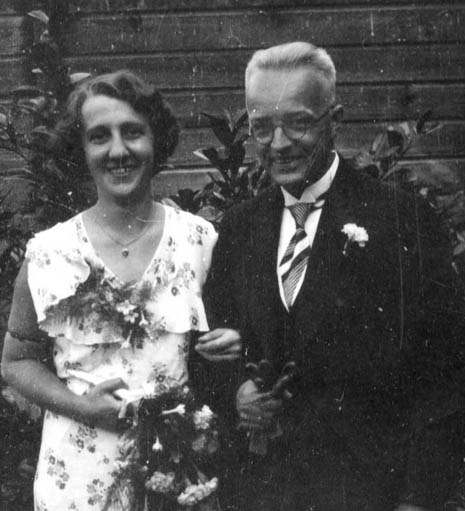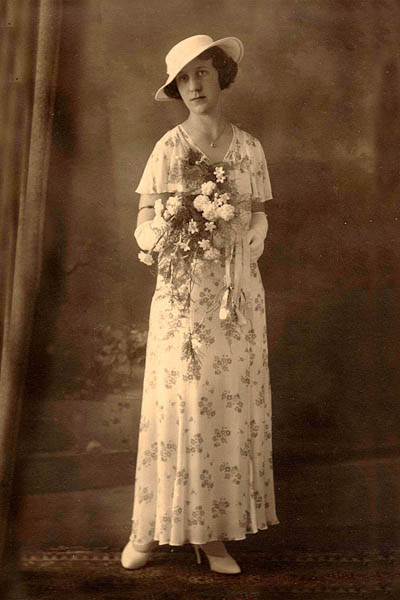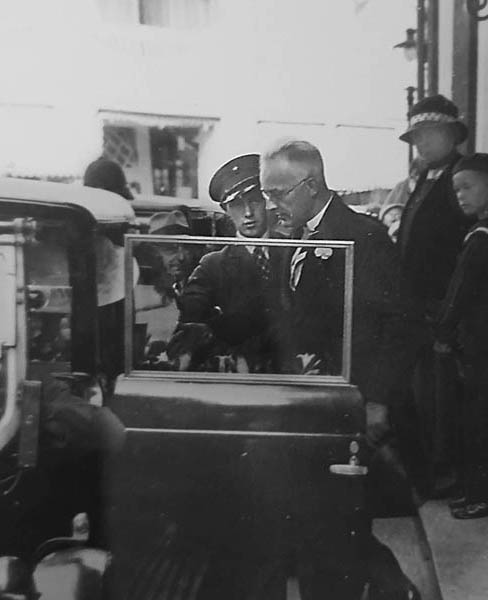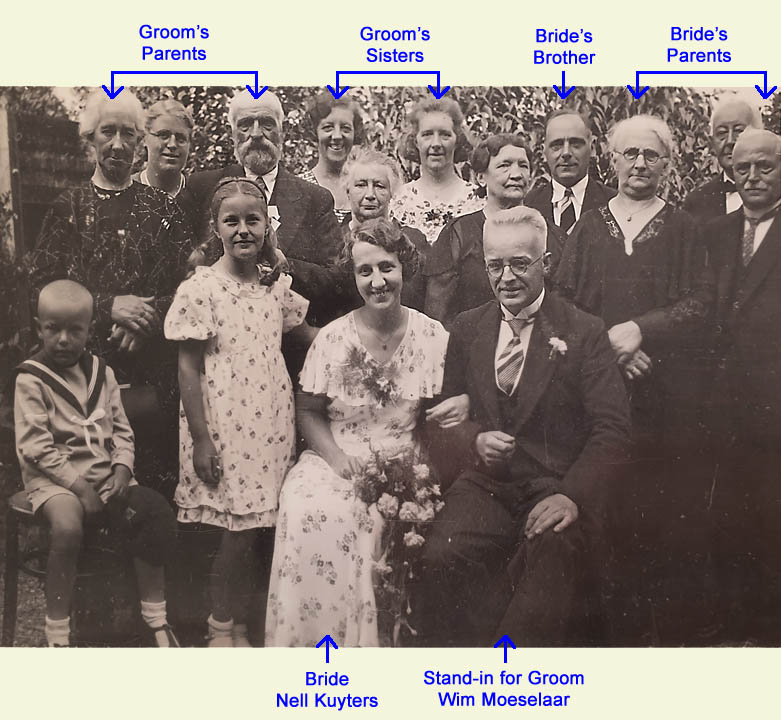
After he had left the employ of the Billiton Expedition, but before the negotiations to set up a Kampala branch of the Twentsche Overseas Trading Company were completed, my Dad worked for George Ismail, helping him generally to manage the various projects that George Ismail had cooking around Uganda.
 |
And this happened to be where my Dad was when a lion started marauding locally. The lion started out taking goats at night while showing no fear - venturing into human settlement (which they would not normally do) and making off with a goat on three separate occasions. If a lion "goes bad" this way (instead of preying on their normal food sources such as zebra or gazelle of various kinds) it may mean that they are getting old or have been wounded in a fight or banished from a pride so that they are restricted to slower prey and/or hunting solo. Sometimes they may move elsewhere, and sometimes they become man-eaters.
This one made off with a human toddler in broad daylight while the mother was working in the coffee shamba.
My Dad happened to be the only Mzungu (White Man) in the area and in possession of a fire-arm. He was by no means a experienced hunter, but always took his rifle with him in case of exactly such an emergency - and being the representative of the owner of the shamba - it fell to him to "deal with" the problem. The classic trap was set up - a goat was obtained and tethered to a tree, while my Dad lay in wait down-wind so that the lion would smell the goat long before he was aware of any human presence.
He never explained to exactly what happened, but I learned enough to know that he was using a typical bolt-action rifle with a small magazine. Thus one could fire multiple shots with a second or two between each shot - but nothing as rapid as one might expect of a semi-automatic today. His first shot was fatal to the lion - but not immediately. The lion spun round, spotted my Dad, and charged from about 100 yards. My Dad reloaded and fired a second shot more-or-less as the beast was upon him. That shot stopped the lion.
Under the laws at that time, the fur became property of the Government, but the rest of the remains could be disposed of by the hunter. My Dad saved the skull and sent it home to my Grandfather in Eestrum where I am told it graced a small table just inside the front door, for the admiration and amazement of family and friends.
|
|
I don't know what marriage plans had been made (if any) at the time my parents got engaged - I presume they had just opted to see what happened with the expedition and get married the next time my Dad could make it back to Holland. But this encounter shook him up badly, so that night he penned a letter to her asking her to get married as soon as possible. The letter went by car to Kampala, thence by train to Mombasa, and then by boat to Holland, taking about six weeks. The reply from my Mother took another six weeks to reach my Dad.
And here I need to first explain the Dutch practice of "Trouwen met de handschoen" - which translates literally as "Marriage by means of the glove".
|
The letter back to my father told him that the marriage would occur on August 15th later that year. It arrived with just a few days to spare before he became a married man.
 |
 |
The wedding occurred in The Hague with Wim Moeselaar (husband of his sister Aaltje) standing in as proxy for the groom.
 |
 |
|||
| The formal wedding picture - the bride alone. | After signing the Registry, leaving Town Hall - 15 August, 1934 |
 |
||
| The Wedding Party consisted of just immediate family and a few close friends. |
A few days later, in Rotterdam she boarded a ship bound for Mombasa on the first stage of her journey to join my father. A group of friends and family came to the ship to bid her "Bon Voyage" and farewell.
In the picture below, my Uncle Harry (her brother) is crouched in the foreground and directly behind him in the dark coat is my mother. My Tante Aaltje (Dad's sister) is second from left in the long light coat, and her husband Wim Moeselaar (who was my Dad's proxy at the wedding) is standing behind with his hand on the air duct.
The "Bon Voyage" party with family and friends.